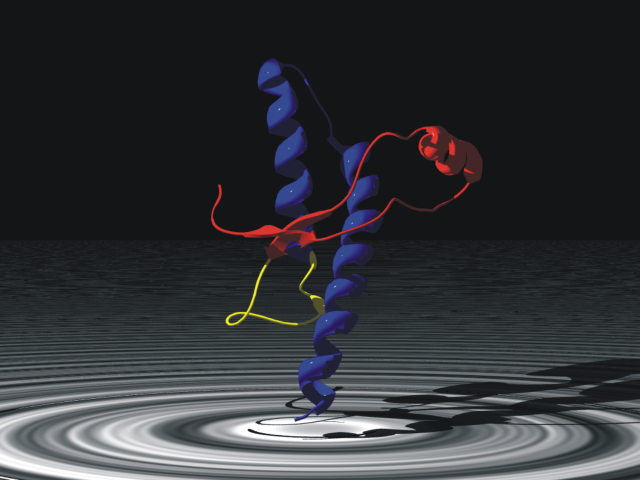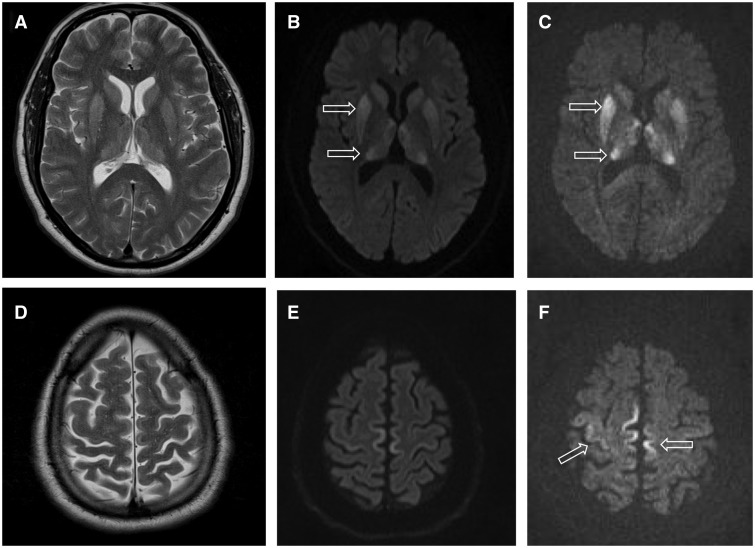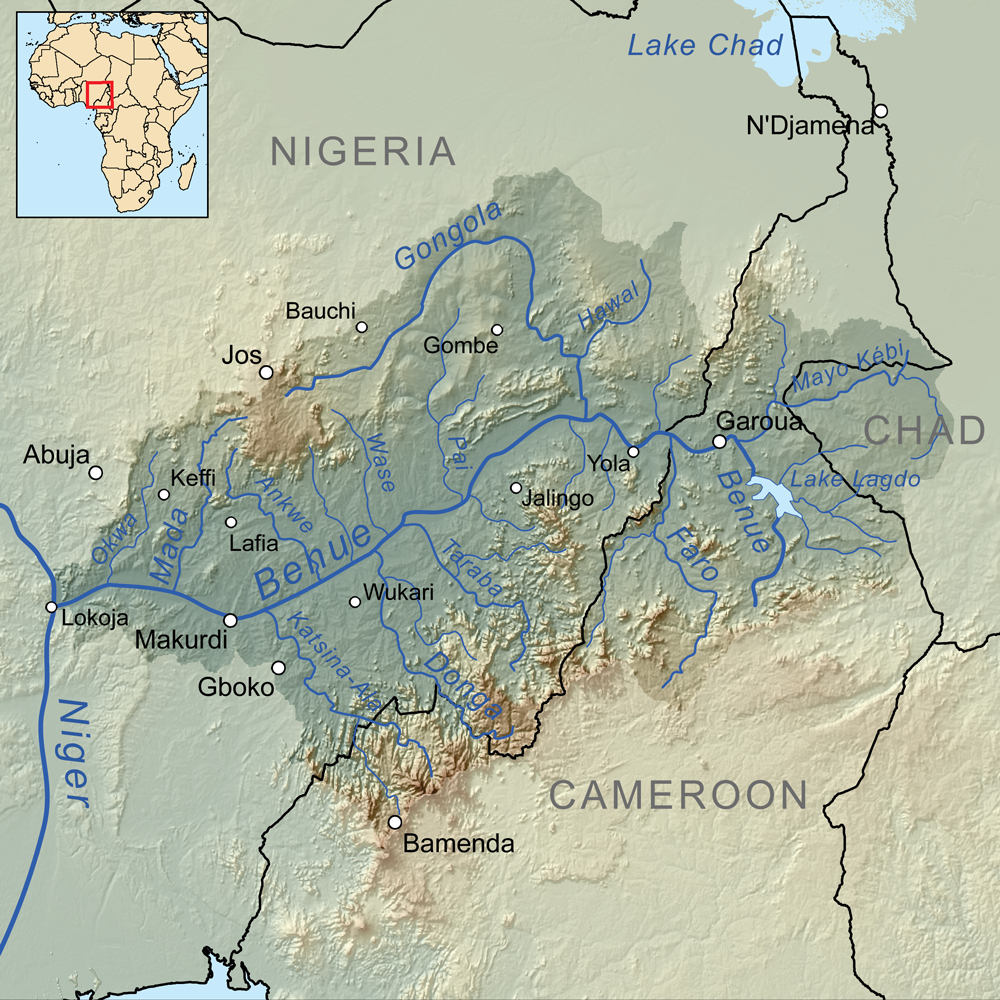|
Endocannibalism
Endocannibalism is a practice of cannibalism in one's own locality or community. Endocannibalism has also been used to describe the consumption of relics in a mortuary context. As a cultural practice Herodotus (3.38) mentions funerary cannibalism among the ''Callatiae'', a tribe of India. It is believed that some South American indigenous cultures, such as the Mayoruna people, practiced endocannibalism in the past. The Amahuaca Indians of Peru picked particles of bone out of the ashes of a cremation fire, ground them with corn, and drank as a kind of gruel. For the Wari' people in western Brazil, endocannibalism was an act of compassion where the roasted remains of fellow Wari' were consumed in a mortuary setting; ideally, the affines (relatives by marriage) would consume the entire corpse, and rejecting the practice would be offensive to the direct family members. Ya̧nomamö consumed the ground-up bones and ashes of cremated kinsmen in an act of mourning; this is still clas ... [...More Info...] [...Related Items...] OR: [Wikipedia] [Google] [Baidu] |
Ya̧nomamö
The Yanomami, also spelled Yąnomamö or Yanomama, are a group of approximately 35,000 indigenous people of the Americas, indigenous people who live in some 200–250 villages in the Amazon rainforest on the border between Venezuela and Brazil. Etymology The ethnonym ''Yanomami'' was produced by anthropologists on the basis of the word , which, in the expression , signifies "human beings." This expression is opposed to the categories (game animals) and (invisible or nameless beings), but also (enemy, stranger, non-Indian). According to ethnologist : History The first report of the Yanomami to the Northern world is from 1654, when an El Salvadorian expedition under Apolinar Diez de la Fuente visited some Ye'kuana people living on the Padamo River. Diez wrote: From approximately 1630 to 1720, the other river-based indigenous societies who lived in the same region were wiped out or reduced as a result of slave-hunting expeditions by the conquistadors and bandeirantes. How ... [...More Info...] [...Related Items...] OR: [Wikipedia] [Google] [Baidu] |
Exocannibalism
Exocannibalism (from Greek ''exo-'', "from outside" and cannibalism, "to eat humans"), as opposed to endocannibalism, is the consumption of flesh outside one's close social group—for example, eating one's enemy. When done ritually, it has been associated with being a means of imbibing valued qualities of the victim or as an act of final violence against the deceased in the case of sociopathy,Cannibalism Encyclopedia of Death and Dying. as well as a symbolic expression of the domination of an enemy in warfare. Such practices have been documented in cultures including the from Mexico, the Carib and the [...More Info...] [...Related Items...] OR: [Wikipedia] [Google] [Baidu] |
Kuru (disease)
Kuru is a rare, incurable, and fatal Neurological disorder, neurodegenerative disorder that was formerly common among the Fore people of Papua New Guinea. Kuru is a form of transmissible spongiform encephalopathy (TSE) caused by the transmission of abnormally folded proteins (prions), which leads to symptoms such as tremors and loss of coordination from neurodegeneration. The term kuru derives from the Fore language, Fore word ''kuria'' or ''guria'' ("to shake"), due to the body tremors that are a classic symptom of the disease. ''Kúru'' itself means "trembling". It is also known as the "laughing sickness" due to the pathologic bursts of laughter which are a symptom of the disease. It is now widely accepted that kuru was transmitted among members of the Fore tribe of Papua New Guinea via Endocannibalism, funerary cannibalism. Deceased family members were traditionally cooked and eaten, which was thought to help free the spirit of the dead. Women and children usually consumed the ... [...More Info...] [...Related Items...] OR: [Wikipedia] [Google] [Baidu] |
Creutzfeldt–Jakob Disease
Creutzfeldt–Jakob disease (CJD), also known as subacute spongiform encephalopathy or neurocognitive disorder due to prion disease, is an invariably fatal degenerative brain disorder. Early symptoms include memory problems, behavioral changes, poor coordination, and visual disturbances. Later symptoms include dementia, involuntary movements, blindness, weakness, and coma. About 70% of people die within a year of diagnosis. The name Creutzfeldt–Jakob disease was introduced by Walther Spielmeyer in 1922, after the German neurologists Hans Gerhard Creutzfeldt and Alfons Maria Jakob. CJD is caused by a type of abnormal protein known as a prion. Infectious prions are misfolded proteins that can cause normally folded proteins to also become misfolded. About 85% of cases of CJD occur for unknown reasons, while about 7.5% of cases are inherited in an autosomal dominant manner. Exposure to brain or spinal tissue from an infected person may also result in spread. There is no evid ... [...More Info...] [...Related Items...] OR: [Wikipedia] [Google] [Baidu] |
Cannibalism
Cannibalism is the act of consuming another individual of the same species as food. Cannibalism is a common ecological interaction in the animal kingdom and has been recorded in more than 1,500 species. Human cannibalism is well documented, both in ancient and in recent times. The rate of cannibalism increases in nutritionally poor environments as individuals turn to members of their own species as an additional food source.Elgar, M.A. & Crespi, B.J. (1992) ''Cannibalism: ecology and evolution among diverse taxa'', Oxford University Press, Oxford ngland New York. Cannibalism regulates population numbers, whereby resources such as food, shelter and territory become more readily available with the decrease of potential competition. Although it may benefit the individual, it has been shown that the presence of cannibalism decreases the expected survival rate of the whole population and increases the risk of consuming a relative. Other negative effects may include the increased r ... [...More Info...] [...Related Items...] OR: [Wikipedia] [Google] [Baidu] |
University College London
, mottoeng = Let all come who by merit deserve the most reward , established = , type = Public research university , endowment = £143 million (2020) , budget = £1.544 billion (2019/20) , chancellor = Anne, Princess Royal(as Chancellor of the University of London) , provost = Michael Spence , head_label = Chair of the council , head = Victor L. L. Chu , free_label = Visitor , free = Sir Geoffrey Vos , academic_staff = 9,100 (2020/21) , administrative_staff = 5,855 (2020/21) , students = () , undergrad = () , postgrad = () , coordinates = , campus = Urban , city = London, England , affiliations = , colours = Purple and blue celeste , nickname ... [...More Info...] [...Related Items...] OR: [Wikipedia] [Google] [Baidu] |
Cannibalism
Cannibalism is the act of consuming another individual of the same species as food. Cannibalism is a common ecological interaction in the animal kingdom and has been recorded in more than 1,500 species. Human cannibalism is well documented, both in ancient and in recent times. The rate of cannibalism increases in nutritionally poor environments as individuals turn to members of their own species as an additional food source.Elgar, M.A. & Crespi, B.J. (1992) ''Cannibalism: ecology and evolution among diverse taxa'', Oxford University Press, Oxford ngland New York. Cannibalism regulates population numbers, whereby resources such as food, shelter and territory become more readily available with the decrease of potential competition. Although it may benefit the individual, it has been shown that the presence of cannibalism decreases the expected survival rate of the whole population and increases the risk of consuming a relative. Other negative effects may include the increased r ... [...More Info...] [...Related Items...] OR: [Wikipedia] [Google] [Baidu] |
List Of Incidents Of Cannibalism
This is a list of incidents of cannibalism, or anthropophagy, as the consumption of human flesh or internal organs by other human beings. Accounts of human cannibalism date back as far as prehistoric times, and some anthropologists suggest that cannibalism was common in human societies as early as the Paleolithic. Historically, numerous tribal organisations have engaged in cannibalism, although very few are thought to continue the practice to this day. Occasionally, starving people have resorted to cannibalism for survival necessity. Classical antiquity recorded numerous references to cannibalism during siege starvations. More recent well-documented examples include the ''Essex'' sinking in 1820, the Donner Party in 1846 and 1847, and the Uruguayan Air Force Flight 571 in 1972. Some murderers, such as Albert Fish, Boone Helm, Andrei Chikatilo, and Jeffrey Dahmer, are known to have devoured their victims after killing them. Other individuals, such as artist Rick Gibson and journali ... [...More Info...] [...Related Items...] OR: [Wikipedia] [Google] [Baidu] |
Boone Helm
Levi Boone Helm (January 28, 1828 – January 14, 1864) was an American mountain man, Old West gunfighter and serial killer known as the Kentucky Cannibal. Helm gained his nickname for his opportunistic and unrepentant proclivity for consuming human flesh, usually in survival situations, though instances of killing people for their meat unprovoked were also documented. Early life Boone Helm was born in Lincoln County, Kentucky, into what was considered an honest, hard-working, and respected family, who moved to Jackson Township, Monroe County, Missouri, when he was still a boy. Helm delighted in demonstrating feats of strength and agility, such as throwing his Bowie knife into the ground and retrieving it from a horse at full gallop. In one demonstration of his contempt for authority, Helm, on horseback, rebuffed a sheriff's attempt to arrest him by walking his horse up the stairs of a courthouse and into the courtroom, while the circuit court was in session, and by verbally ... [...More Info...] [...Related Items...] OR: [Wikipedia] [Google] [Baidu] |
Donner Party
The Donner Party, sometimes called the Donner–Reed Party, was a group of American pioneers who migrated to California in a wagon train from the Midwest. Delayed by a multitude of mishaps, they spent the winter of 1846–1847 snowbound in the Sierra Nevada mountain range. Some of the migrants resorted to cannibalism to survive, eating the bodies of those who had succumbed to starvation, sickness, and extreme cold. The Donner Party originated from Springfield, Illinois, and departed Independence, Missouri, on the Oregon Trail in the spring of 1846, behind many other pioneer families who were attempting to make the same overland trip. The journey west usually took between four and six months, but the Donner Party was slowed after electing to follow a new route called the Hastings Cutoff, which bypassed established trails and instead crossed the Rocky Mountains' Wasatch Range and the Great Salt Lake Desert in present-day Utah. The desolate and rugged terrain, and the difficultie ... [...More Info...] [...Related Items...] OR: [Wikipedia] [Google] [Baidu] |
Jukun People (West Africa)
Jukun (''Njikum'') are an ethno-linguistic group or ethnic nation in West Africa . The Jukun are traditionally located in Taraba, Benue, Nasarawa, Plateau, Adamawa, and Gombe States in Nigeria and parts of northwestern Cameroon . They are descendants of the people of Kwararafa . Most of the tribes in the north central of Nigeria trace their origin to the Jukun people and are related in one way or the other to the Jukuns . Until the coming of both Christianity and Islam, the Jukun people were followers of their own traditional religions. Most of the tribes, Alago, Agatu, Rendere, Goemai in Shendam, and others left Kwararafa when it disintegrated as a result of a power tussle . The Jukuns are divided into two major groups; the Jukun Wanu and Jukun Wapa . The Jukun Wanu are fishermen residing along the banks of the river Benue and Niger where they run through Taraba State, Benue State and Nasarawa State. The Wukari Federation, headed by the Aku Uka of Wukari, is now the main cent ... [...More Info...] [...Related Items...] OR: [Wikipedia] [Google] [Baidu] |
Aghori
The Aghori (from Sanskrit '; ) are a monastic order of ascetic Shaivite sadhus based in Uttar Pradesh, India Uttar Pradesh (; , 'Northern Province') is a state in northern India. With over 200 million inhabitants, it is the most populated state in India as well as the most populous country subdivision in the world. It was established in 1950 .... They are the only surviving sect derived from the '' Kāpālika'' tradition, a Tantric, non-Puranic form of Shaivism which originated in Medieval India between the 7th and 8th century CE. Similarly to their predecessors, Aghoris usually engage in Post-mortem interval, post-mortem rituals, often dwell in charnel grounds, smear cremation ashes on their bodies, and use bones from human corpses for crafting ''Kapala, kapāla'' (skull cups which Shiva and other Hindu deities are often iconically depicted holding or using) and jewellery. Their practices are sometimes considered contradictory to orthodox Hinduism. Many Aghor ... [...More Info...] [...Related Items...] OR: [Wikipedia] [Google] [Baidu] |






